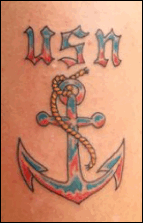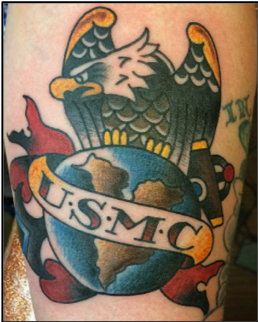Sign of the Cross
'By the sign of the cross, on the contrary, all magic is stayed, all sorcery confounded, all the idols are abandoned and deserted, and all senseless pleasure ceases, as the eye of faith looks up from earth to heaven.” Athanasius, Incarnation, 31



